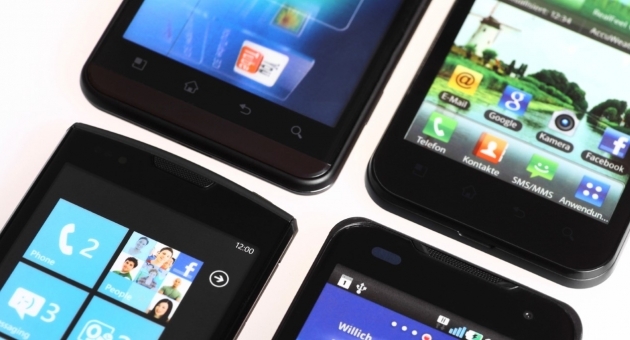Temple researchers to study community participation of individuals with mental illness

Researchers at Temple University are taking an innovative approach to understanding how individuals with mental illness participate in their communities.
Using GPS technology and other tools, the team will track the movements, moods and activities of study participants to learn more about factors that affect their involvement with work, school, and recreational and religious activities.
“We know very little about the community participation of individuals with serious mental illnesses, conditions that affect approximately 5 to 7 percent of U.S. adults, making them the single-largest disability group in the country,” said the study’s lead investigator, Mark Salzer, chair of the Department of Rehabilitation Sciences at Temple University’s College of Public Health and director of the Temple University Collaborative on Community Inclusion of Individuals with Psychiatric Disabilities.
“Limited community participation is associated with billions of dollars in public spending and, more tragically, millions of years of lost productivity and quality of life for these individuals and their family members.”
Salzer and Eugene Brusilovskiy, director of the GIS Analytics in Rehabilitation Research Laboratory at Temple, have been awarded a $600,000 grant from the National Institute on Disability and Rehabilitation Research to conduct this three-year study.
The Americans with Disabilities Act and the Supreme Court Olmstead decision ensure the rights of the millions of people with serious mental illnesses to live in the community. While research clearly shows that they could and should participate in social roles such as working, attending school, parenting, and being members of religious congregations, few do so.
For the study, participants will carry a smartphone that tracks their movements outside of their homes over a two-week period. During this time, they will also report on their moods and activities.
In addition to documenting their community participation, the researchers will examine the extent to which the physical and social environments in which the participants live stimulate and support full and meaningful mobility and participation.
“This study will help shed light not only on what people are doing in the community, but also on the types of community, social and environmental factors that might enable greater participation,” said Salzer.
It also offers the potential for further studies of the mobility and community participation of individuals affected by physical, intellectual and developmental impairments, he said.